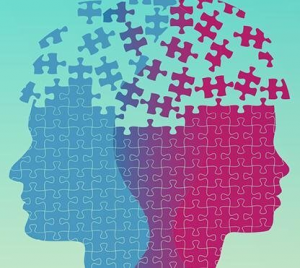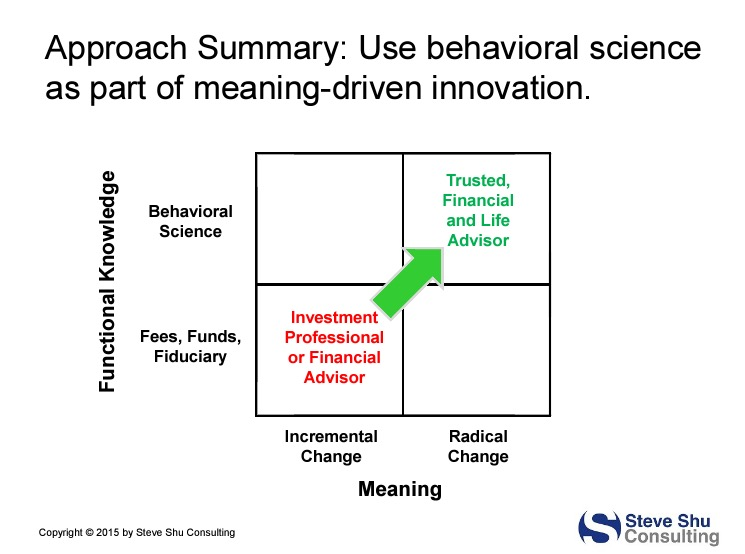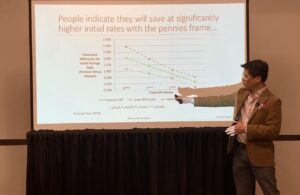The balancing act is tricky, and I think context and desired outcomes matter. For example:
 A thirty-year old might have problems saving for retirement because they think of savings as being for stranger. The solution might be to increase emotional connection between the thirty-year old and their future self so that the right behavior of saving can be achieved.
A thirty-year old might have problems saving for retirement because they think of savings as being for stranger. The solution might be to increase emotional connection between the thirty-year old and their future self so that the right behavior of saving can be achieved.- A person might be emotionally attached to their home and as a result, they might try to sell their home at too high of a price. It might be better if they can loosen their emotional attachment and feelings of endowment. Getting 3rd party perspectives might be helpful to the seller in terms of distancing themselves so they can set a reasonable market price.
- Sometimes it’s hard to control emotions and desire, and people may try to precommit to a state so that proper decisions are more likely to be made in spite of the situation. I have heard of behavioral economists pouring salt over desserts at dinner (after they’ve had a few bites to get the taste) so they are less inclined to eat the whole thing.
The main takeaways are that there are essentially “two minds” at work, and they work in concert in different ways. Sometimes you need emotion. Sometimes you want less of it. Sometimes you can’t really change your emotions so you need self-control devices and external perspectives. Other times you need to try to slow down thinking. There are many different approaches.
This post is based on an answer to a question posed on Quora.




